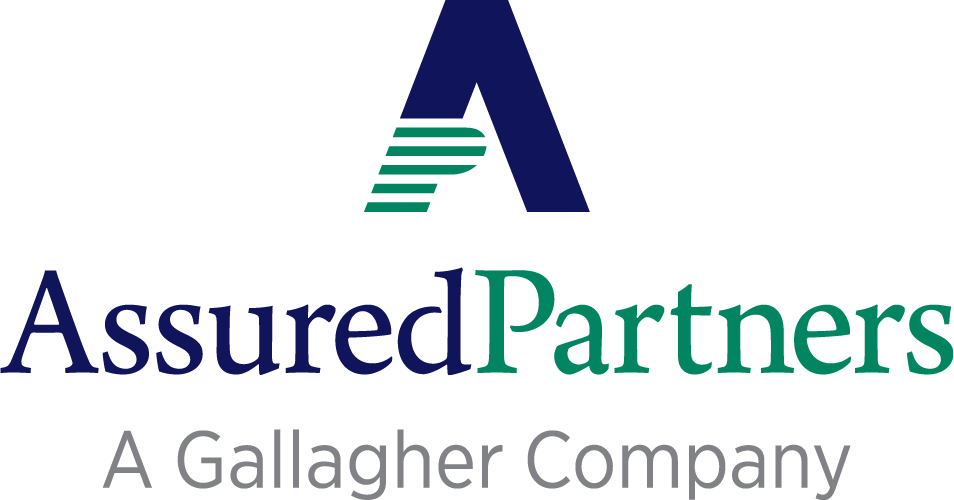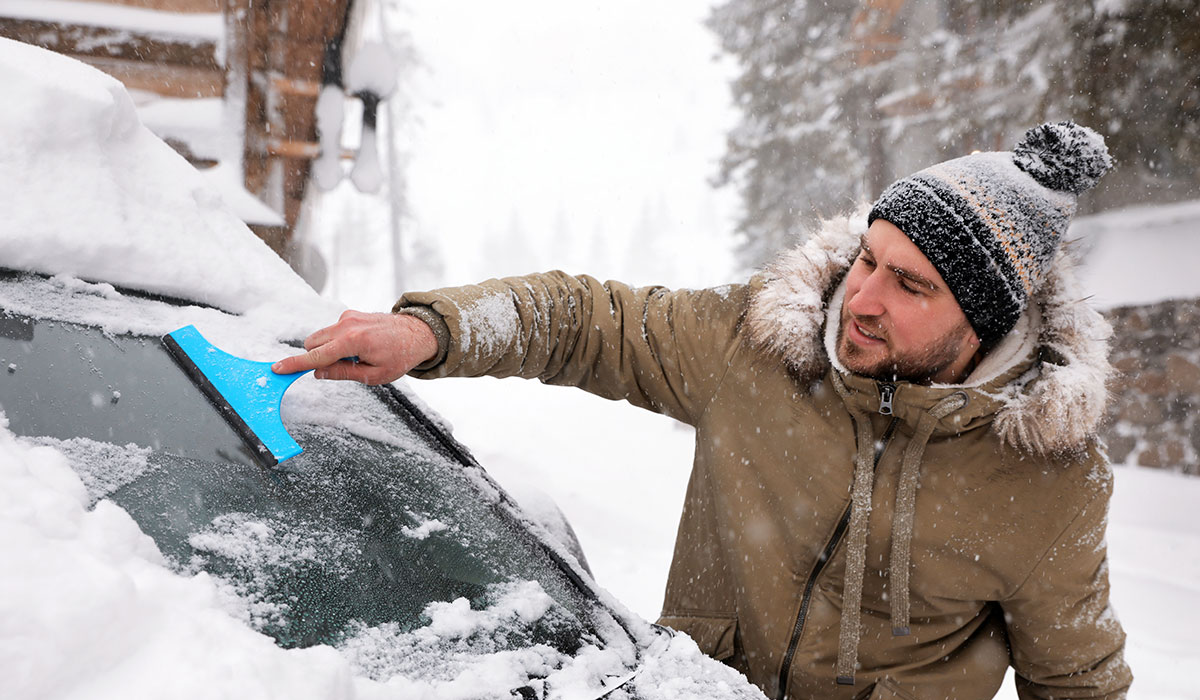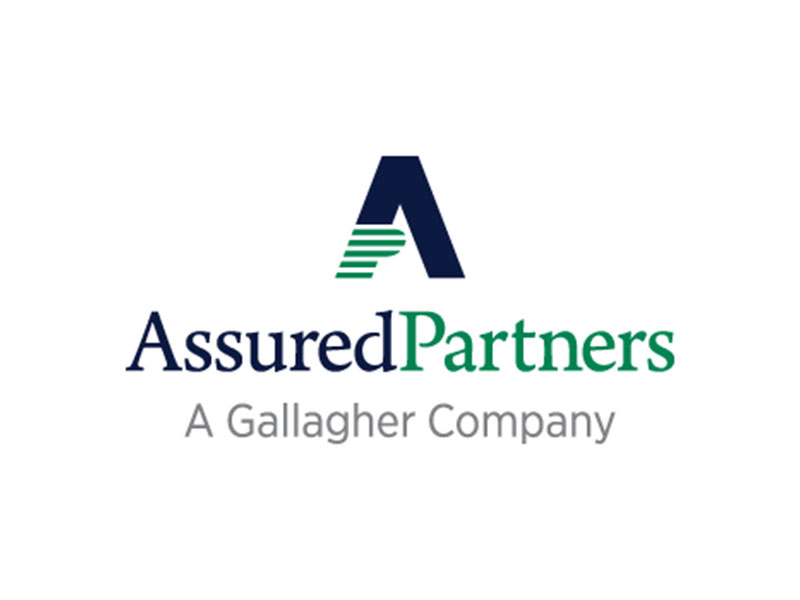I’m sure you are all aware of the cold weather conditions that we have been blasted with over the past week! Currently, we are receiving several calls regarding potential snowfall and further icy conditions.
Gritting!
How important is it to clear snow and ice from your car park, paths, yards, roadways and boundaries?
The guidance in the Workplace, (Health Safety and Welfare) Regulations states: “So far as is reasonably practicable, every floor in a workplace and the surface of every traffic route in a workplace shall be kept free from obstructions and from any article or substance which may cause a person to slip, trip or fall.”
It goes on to specify: “Arrangements should be made to minimise risks from snow or ice which may involve gritting, snow clearing and closure of some routes, particularly outside stairs, ladders, and walkways on roofs.”
Will you be to blame if an employee or customer slips on snow or ice in your business?
You have a duty of care to anyone on your premises to provide an environment free from the risk of slipping. There is no exception for snowfall or icy conditions.
“If access to the premises is covered in ice, companies may choose to grit the access to help their staff and visitors arrive and leave safely, even though it’s not their property. However, in this instance, if they failed to grit the surface properly and someone had an accident as a result, then they could incur some liability.”
As a general rule firms should consider the risks and take reasonable steps to prevent accidents from happening. “If this means gritting outside the boundaries of your workplace, then it’s better to do that than to have people slipping over or involved in car crashes on your doorstep.”
Ice and Snow Clearance Procedure
It is important to establish an Ice and Snow Clearance Procedure to maintain safe access for staff, customers and vehicles around all key areas of your site by clearing snow and treating surfaces with rock salt. Management should monitor weather forecasts on a daily basis, during the winter period and decide on when and how to implement this procedure:
- Prioritise: The priority should be to clear snow and apply salt to the main access routes around the site. Walkways should be sufficiently gritted or cleared of snow to allow pedestrians to use them in safety. If it is not possible to clear all routes, then a network of routes to access and exit the main buildings should be cleared and maintained. Consideration should be given to restricting access to any areas which cannot be made safe for pedestrians or vehicles.
- Signage: Signage should direct pedestrians away from uncleared routes and towards cleared routes or warn of icy areas.
- Nominated person: Nominate someone for early arrival to reduce the impact of ice and snow on all main routes before opening hours.
- Apply grit to steps, slopes and walkways (being careful to avoid people and property) in the afternoon or evening before an air frost (0◦c or below) or before the snow is forecast.
- Building entrances: Wintery conditions may also result in more water being trodden in buildings than is usual so thought should be given to ensuring floors are cleaned and dried or entrance mats used to control the risk of slipping.
- Supplies: Supplies of rock salt need to be bought in advance and levels maintained over the winter period.
- Staffing: Staff will need to be deployed when snowfall or frost is forecast.
- PPE: Provide necessary PPE for staff – boots, high-vis jackets and warm clothing.
- Equipment and machinery: Prior to the cold weather, all equipment and machinery used for gritting and snow clearance should be checked to make sure it’s in good working order. Equipment or machinery should only be used by trained staff, following risk assessment guidelines.
In addition, within the ONE service, we have now updated the following packs:
Winter Driving Advice & Winter Safe Driving Safety Briefing
Related articles
Arthur J. Gallagher & Co. Closes Acquisition of AssuredPartners
AssuredPartners, a Gallagher company, is a global insurance brokerage with locations and expertise in the United States, the United Kingdom, and Ireland.
AssuredPartners announces the acquisition of City Financial Marketing Group
AssuredPartners, a leading insurance broker in the United States, UK and Ireland is excited to announce the acquisition of Dublin-based City Financial Marketing Group Limited (“CFM”). The transaction, which is subject to customary regulatory approval, is anticipated to complete in April 2025.
Salus: The Unique Charity Solution from AssuredPartners
At AssuredPartners, we’ve always believed in tailoring insurance and risk solutions to meet the specific needs of the sectors we serve. After extensive research into the intrinsic connection between risk management and insurance, we are proud to introduce Salus.








